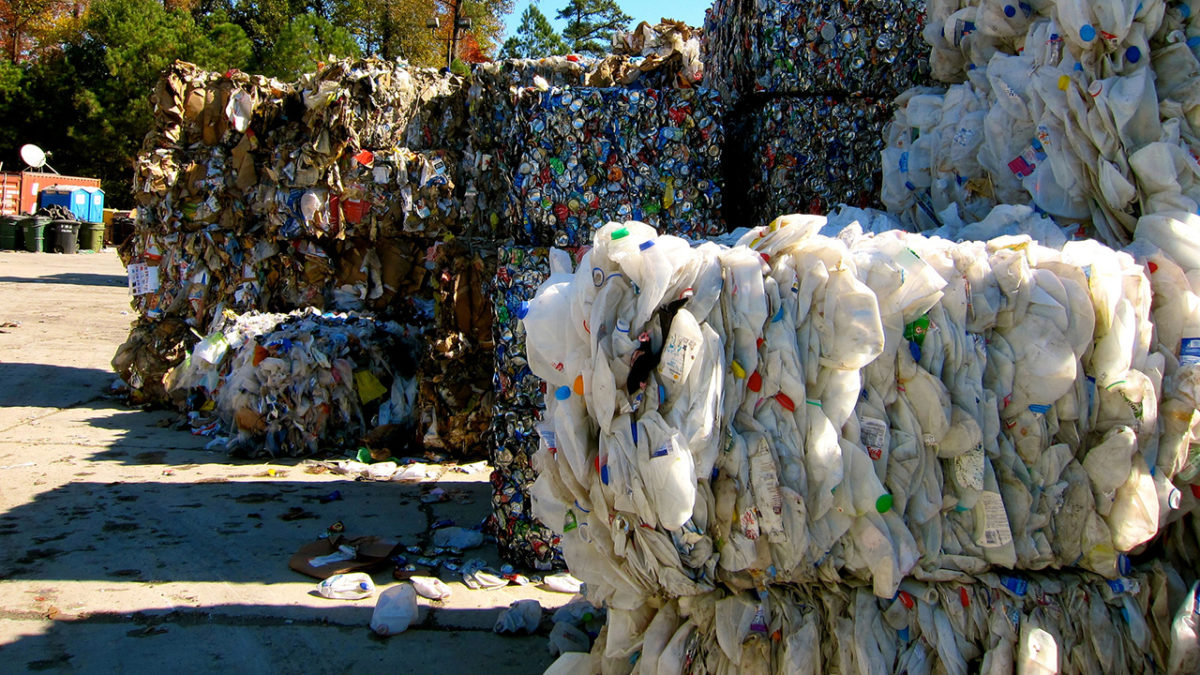As early as 1998, the Canadian Council of Ministers of the Environment (CCME) took action in regards to its waste reduction target of 50% of the packaging that companies place into the market. From 2004 to 2014, more than 7 reports, analysis, studies, tools and progress reports were published in regards to the principles, strategies and harmonization of a Canada-wide Action Plan for Extended Producer Responsibility (CAP-EPR). Packaging has been recognized as a priority of the Canada-Wide Action Plan for Extended Producer Responsibility.
In 2005, the Canadian Council of Ministers of the Environment (CCME) created the Extended Producer Responsibility Task Group (the Task Group) to direct the development and implementation of a Canada-wide EPR program and conducted studies, collected data, and prepared guidelines and best practices to help industry and provincial jurisdictions attain the reduction targets.
In October 2006 the CAP-EPR was approved and adopted into the Canada Waste Management Strategy. Different provincial jurisdictions committed to work on EPR frameworks legislation with the goal of harmonization across Canada.
Today, more than 200 EPR Programs and 30 categories of materials are targeted under various frameworks: Legislated EPR Programs, Voluntary EPR Programs, Shared Responsibility Programs and Product Stewardship Programs, with various requirements in different provincial jurisdictions.
These programs vary from packaging and printed paper (PPP) to electronics, household hazardous materials, special waste and automotive material, across 10 Canadian provinces. Five (5) out of ten provinces currently have packaging and printed paper (PPP) ERP programs.
In order to ensure the harmonization and standardization of programs, to increase packaging recovery and lowering recovery costs, industry created the Canadian Stewards Services Alliance (CSSA) and the Electronic Product Recycling Association (EPRA). Their activities and progress can be applied across Canada.
Overview of Packaging and Printed Paper (PPP) EPR Programs
- British Columbia: legislated PPP EPR Program with full producer responsibility, launched in May 2014
- Saskatchewan: shared PPP EPR Program with 75/25 (industry/municipals cost share), to be launched in early 2015
- Manitoba: shared PPP EPR Program with 80/20 (industry/municipals cost share), launched in 2010
- Ontario: shared PPP EPR Program with 50/50 (industry/municipals cost share), launched in 2002 and new legislation (Bill 91) is under consideration, spring 2015
- Quebec: legislated PPP EPR Program with full producer responsibility, operated by municipalities and launched in March 2006
- Alberta: PPP EPR Program under consideration
- Atlantic Provinces: PPP EPR Program under consideration. Collaborating to develop a common framework and approach for the region
PPP EPR Programs Highlights
The following table summarize the highlights of the activities of each of the provincial jurisdiction, industry financing organization (IFO), Fall/Winter 2014, early 2015.
| PPP EPR Program | Highlights |
|---|---|
| Multi Material BC (MMBC) British Columbia http://multimaterialbc.ca/notices-archive Other resources are available here.
|
|
| Multi-Material Stewardship Western Saskatchewan https://portal.pac.ca/mpower/campaigner/redirect.action?d=Yj00MCZyPTIzOTQ=&u=aHR0cDovL3d3dy5tbXNrLmNhL25vdGljZXMtYWxlcnRz
|
Program Exemptions for Businesses Announcement Announced December 18, 2014
|
| Multi-Material Stewardship Manitoba (MMSM) http://stewardshipmanitoba.org/mmsm/whats-new/ SimplyRecycle.ca
|
|
| Stewardship Ontario (SO) http://www.stewardshipontario.ca/latest-news/ http://www.wdo.ca/news/ https://www.rco.on.ca/wra-overview–timeline
|
|
| Canadian Stewardship Services Alliance (CSSA) http://www.cssalliance.ca/latest-news
|
Canadian Stewardship Services Alliance (CSSA) 2nd Annual Steward MeetingOctober 15, 2014, in the presence of 550 participants. The highlights: cost savings through harmonization, program performance trends; status for the MMSW program in Saskatchewan, 2015 material fee schedules for the 3 provinces, B.C., Manitoba & Ontario; and updates on other provinces preparation on implementing EPR programs for packaging and printed paper. |
| Eco Entreprises Quebec http://www.ecoentreprises.qc.ca/news-and-events http://www.ecoentreprises.qc.ca/information-and-reporting/schedules-of-contributions-and-legal-framework/schedules-of-contributions/calendar-of-contributions
|
|
| Other Provinces http://esrd.alberta.ca/waste/ https://www.recycle.ab.ca/public-policy http://www.novascotia.ca/nse/waste/ |
|


